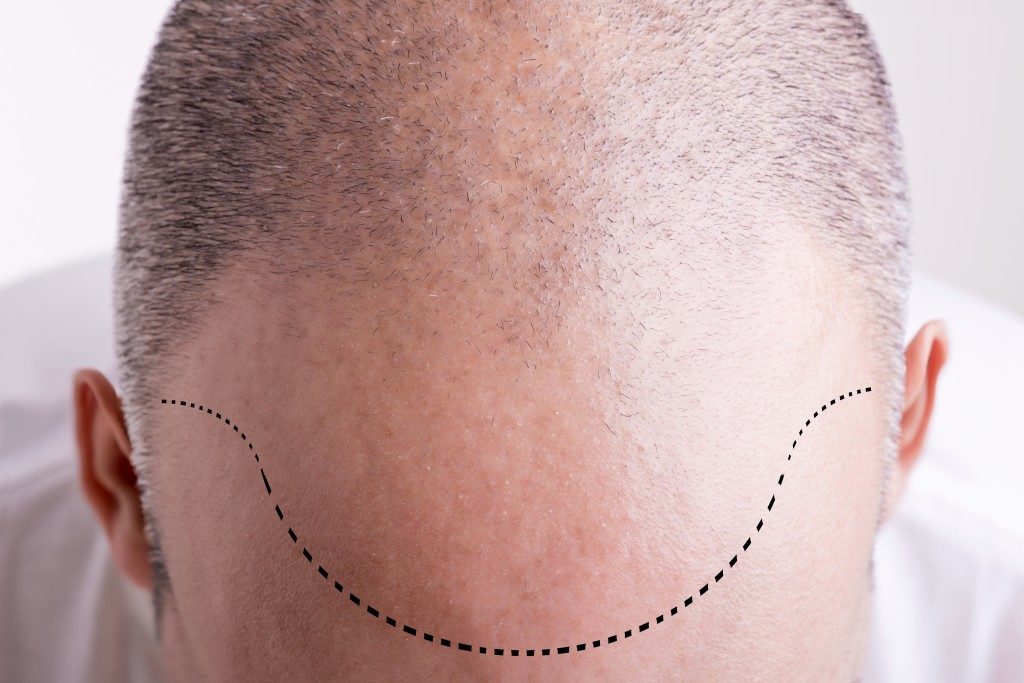Hygienists play a really important role within any dental practice and your dentist will rely heavily on them to keep on top of a big part of client issues; gum disease. Despite all the knowledge we have on gum disease and its causes, we still see very high numbers all over the UK suffering from its symptoms. And this is largely why we have the hygienist Richmond.
What The Hygienist Richmond Does That The Dentist Doesn’t
The role of the hygienist is actually simple – to care for the health and maintenance of patiences gum and oral hygiene health. As already mentioned, gum disease is still rife in all walks of life and, despite us being bombarded with info on maintaining healthy teeth and gums through the media, lots of people are falling through the cracks.
To become a hygienist you need to take a course that’s been approved by the General Dental Council (GDC), and then become registered with them too. The subjects that need to be studied include: preventative dentistry, dental health education, dental pathology, the management and care of patients or anatomy and physiology.
All of this means that the hygienist is qualified to perform certain dental practice, but not others. They are able to carry out the following treatments: scaling teeth (deep cleaning), polishing teeth (making them shiny), and applying topical fluoride and fissure sealants.
The Hygienist And Gum Disease

The main issue hygienists will be addressing is gum disease. Gum disease develops when plaque and tartar are left to build up along the gumline of the teeth. The plaque releases bad acids into the mouth which disrupt the PH balance and cause infection to develop. The symptoms are very unpleasant and include bad breath, bleeding gums, swollen gums, sensitive teeth, gum recession, and eventually (if untreated) tooth loss.
Curing Gum Disease
If caught early on, gum disease can easily be addressed with a trip to the hygienist. They perform a scale and polish which is a deep clean of the teeth using specific tools and techniques to get deep down under the gum line. Patients will notice a difference within a couple of days, and symptoms should be totally gone within a week or two. However, this is not the end of treatment, the maintenance of the gums moving forward is just as important as the first treatment.
Oral Hygiene
Practicing good oral hygiene is the only way in which patients are going to keep gum disease at bay, and it’s the role of the hygienist to get patients to a place where they are making good oral hygiene choices everyday.
Oral hygiene doesn’t need to be complex or time consuming it just needs to be done everyday and tick a few boxes.
You should be brushing for at least two minutes EVERY DAY.
You should be flossing EVERY DAY.
You should be attending check ups, EVERY SIX TO NINE MONTHS.







